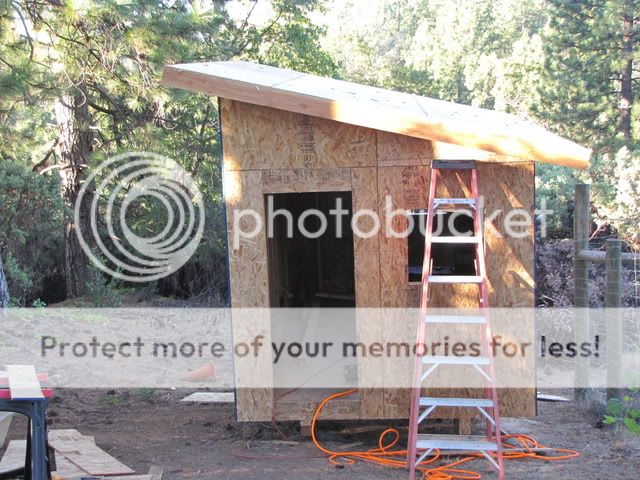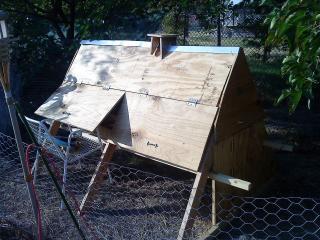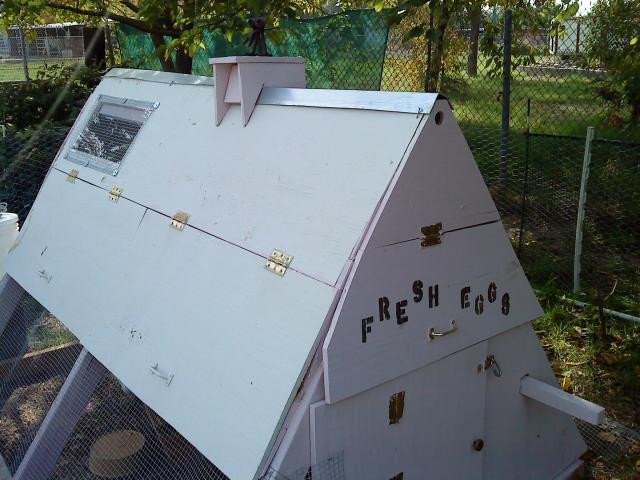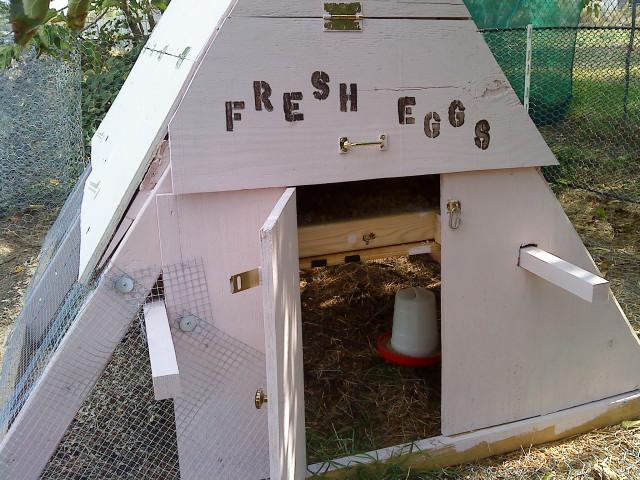I was elsewhere yesterday, catching up -- not much to add to what's already been said but since my name was brought up I will post anyway
By all means do an apron rather than burying wire; just as effective if done right, and SO much easier.
As for the floor, what exactly *did* you use? If you used MDF or something that was not actually plywood, I would indeed suggest replacing it as it will not last long at *all* in your situation. If you merely used interior rather than exterior-grade plywood, or if people are telling you you should have used pressure-treated or marine plywood rather than normal exterior-grade, I would not personally replace the floor til it starts to get soft. You'll have A While before that happens.
Again, for the roofing, what exactly *did* you use? It is hard for me to feature what a fatal mistake that MUST be replaced would consist of -- 1/4" MDF maybe
-- and chances are that whatever you got is probably fine. If you need to tear it off some years donw the road and redo it, that's not that hard, just annoying.
Vancouver isn't that cold, you can skip insulation if you want, but life will be much easier if you DO insulate so if at some point you come across appropriate materials and motivation, it'd still be worthwhile. But you can certainly get by without it. You do not necessarily need a vapor barrier behind the insulation (unlike in a house).
I
do think ventilation matters a fair bit, especially in your climate. Humid coop air in winter produces frostbite at fairly mild temperatures (sadly common here in Canada where people tend to want to seal the coop up real tight 'to keep heat in' during wintertime, which *causes* the very frostbite they are trying to *avoid); yet you don't want cold (or worse, cold/rainy or cold/snowy) wind blowing in onto the chickens and bedding. I would suggest that during wintertime you will be best off with ample-sized vent opening(s) high atop the E and/or S walls of the coop, with flaps or whatever that let you close 'em off as needed. Add more ventilation for use the rest of the year -- its location is a lot less critical, just make sure there is *enough* -- and you should be good.
Something to bear in mind when people are all saying different things is that it demonstrates that you can at least frequently, at least minimally, sorta-kinda-mostly GET AWAY WITH doing it all different ways
That does not mean that some ways are not better than others, but you know what, an awful lot of things can be adjusted or modified later on if you need to, or you can figure out workarounds to live with features that cannot be changed. If nothing else, you have flexibility in what kinds of breeds you keep -- if you find that your coop has intractable humidity/cold problems, then you know, don't keep large single-combed breeds, do something like chanteclers or buckeyes or wyandottes
You'll be FINE
Good luck, have fun,
Pat












